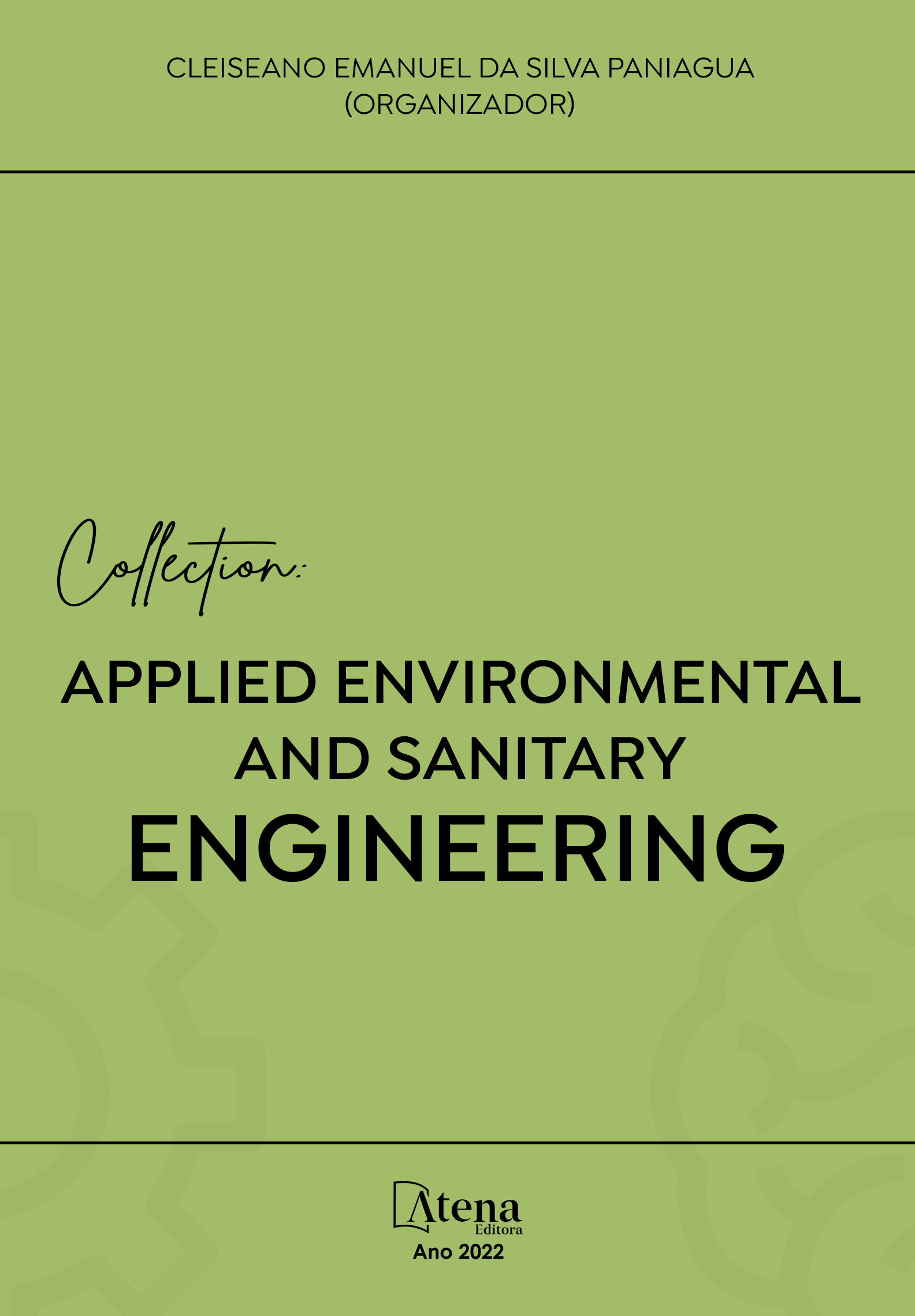
DESENVOLVIMENTO DE UMA ROTINA COMPUTACIONAL PARA O DIMENSIONAMENTO DE SISTEMAS DE TRATAMENTO DE EFLUENTES
O tratamento de esgotos ainda é um grande desafio no Brasil e o desenvolvimento de uma ferramenta que dimensione sistemas de tratamento, apresentando resultados confiáveis, possibilita praticidade e confiabilidade ao projetista. Este artigo tem como objetivo o desenvolvimento de uma rotina para o dimensionamento de sistemas de tratamento de efluentes domésticos e industriais, com a finalidade de auxiliar o projetista na etapa de pré-dimensionamento. Foram aplicados os conceitos das tecnologias atuais de tratamento biológico de águas residuárias, que se constituiu de: lagoas de estabilização, lodos ativados e reatores anaeróbios (UASB) com pós-tratamento de: lagoa de polimento e filtros biológicos percoladores. Foi feito um levantamento bibliográfico e dos requisitos técnicos para o projeto de uma ETE e, a partir disso, dimensionou-se uma ETE hipotética, desde o nível de tratamento preliminar, para os diferentes sistemas, utilizando-se o software Excel. Os resultados obtidos apresentaram uma análise comparativa entre os sistemas, em termos de área requerida, onde o sistema de lodos ativados convencional apresentou o menor requisito de área e concentrações efluentes que atendem aos padrões da legislação brasileira sobre lançamento de efluentes, sendo, dessa maneira, a alternativa de tratamento biológico a ser implantada.
DESENVOLVIMENTO DE UMA ROTINA COMPUTACIONAL PARA O DIMENSIONAMENTO DE SISTEMAS DE TRATAMENTO DE EFLUENTES
-
DOI: 10.22533/at.ed.5782219016
-
Palavras-chave: Dimensionamento de ETE; Rotina Computacional para Dimensionamento de ETE; Sistemas de Tratamento de Efluentes.
-
Keywords: Sizing of WWTP; Computational Routine for WWTP Sizing; Effluent Treatment Systems.
-
Abstract:
Wastewater treatment is still a major challenge in Brazil and the development of a tool that measures treatment systems, presenting reliable results, allows practicality and reliability to the designer. This article aims to development of a routine for the design of systems of treatment of domestic and industrial effluents, with the purpose of assisting the designer in the pre-dimensioning step. The concepts of the current technologies of biological treatment of wastewater were applied, which consisted of: stabilization ponds, activated sludge and anaerobic reactors (UASB) with post-treatment of: polishing pond and percolating biological filters. A bibliographic survey and the technical requirements for the sizing of a WWTP were carried out and, from this, a hypothetical WWTP, from the preliminary treatment level, was designed for the different systems. The results obtained presented a comparative analysis between the systems, in terms of required area, where the conventional activated sludge system presented the lowest area requirement and effluent concentrations that meet Brazilian legislation on effluent discharge, being, in this way, the alternative of biological treatment to be implanted.
-
Número de páginas: 15
- Marcio Gomes Barboza
- Wagner Roberto Oliveira Pimentel
- Lorena Francyne Queiroz Rocha


